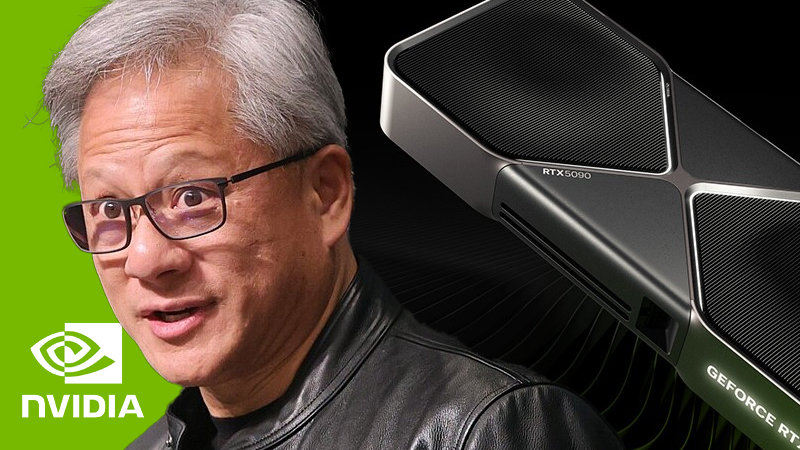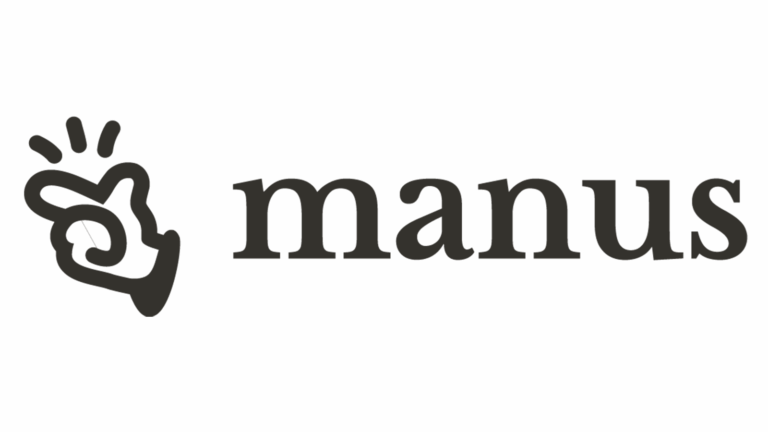Until Wednesday evening, financial analysts were waiting eagerly for Nvidia’s quarterly results. It’s been a remarkable few years for the chip manufacturer.
The company’s stock has risen by 900% since the start of 2023, when AI hype began its meteoric rise with the arrival of ChatGPT the previous November. Nvidia also became the world’s most valuable company, for one day in June 2024, when it was valued at $3.3 trillion.
It’s latest results were above market expectations, but a fall has occurred since. What is going on?


GPUs: Integral for gaming, vital for AI
Nvidia’s breakneck growth has been powered by its deep expertise in manufacturing GPUs (Graphics Processing Unit, the main component of graphics cards) for PCs, particularly gaming PCs.
The company first released GeForce 256 in 1999, which is credited with defining the modern GPU, and the company’s chips have become an integral part of PCs since. In 2009, Nvidia held around 50% in GPU market share. In 2024 this was closer to 90%.
In 2006, Nvidia launched the CUDA (Compute Device Architecture) platform, which enabled developers to use GPUs for general-purpose computing. This opened up the massively parallel processing power of GPUs to scientific research and other fields.
In the 2010s, researchers found that GPUs were very well suited for training deep neural networks, which require massive amounts of parallel computation. The parallel processing that made GPUs great for rendering graphics, also made them ideal for the calculations needed for Ai.
Nvidia GPUs were used to power AlexNet, a neural network that won a very important image recognition contest in 2012, this event greatly accelerated the use of GPUs in AI.
Nvidia CEO Jensen Huang foresaw that Artificial Intelligence was reaching a tipping point due to advances in computing power, and thus doubled down on AI focused chips. Tensor Cores were launched in 2017 (one year before the first Generative Pre-trained Transformer – or GPT – arrived).
In his keynote speech at CES in January 2025, Huang pointed out how integral GeForce and indeed gaming development have been in the creation of generative AI. Likewise, he has previously pointed out this synergy in vice versa.
We can’t do computer graphics anymore without artificial intelligence.
Jensen Huang, CEO of Nvidia
The Generative AI boom
Nvidia has remained integral to gaming development, but at the same time has been integral to AI development.
Nvidia’s financial results do match the electrifying rise in AI:
2022 – $26.914B, a 61.4% increase from 2021.
2023 – $26.974B, a 0.22% increase from 2022.
2024 – $60.922B, a 125.85% increase from 2023.
2025 – $130.5bn, a 114% increase from 2024.
But despite this, gloom had begun setting in late January, as the sudden rise of DeepSeek upended many expectations of the continuing heavy investment in AI infrastructure. Hundreds of billions of dollars have been committed to building new datacentres.
Nvidia has not continued its meteoric growth this year, declining mildly, even upon another set of bumper results. Whether its stock continues to grow remains to be seen. The big question is, will it keep going, or are we at the top of an AI boom? That all remains to be seen.

















